SUMMARY
This is AI generated summarization, which may have errors. For context, always refer to the full article.
![[Rappler’s Best] Patricia Evangelista](https://www.rappler.com/tachyon/2024/04/unnamed-9-1.jpg)
Patricia Evangelista, Rappler’s former investigative reporter and author of the acclaimed book, Some People Need Killing, was back at her home for seven years on Friday, April 19 – in the jam-packed Rappler newsroom, where she spoke about her book and her writing with activists, lawyers, members of the diplomatic community, and press freedom advocates.
Below are excerpts from my introduction of her during the event:
You can’t imagine our joy in seeing Patricia conquer the world through a book that, in many ways, began in this newsroom – where she told us stories fresh from the battlefield and where she engaged her editors in prolonged and sometimes difficult conversations on story forms, risks, resources, and… beating deadlines.
To many of you, Patricia is a trauma journalist. But she is more than that to us, much more than the unhappy endings that we read in her book. In one corner of the newsroom is where Patricia worked long hours with our production specialists, video editors, and graphic artists to come up with compelling documentaries and video stories.
- Impunity: Heart
- The Drug War: Danica, my Danica
- The Drug War: Safe for the Good
- Mamasapano: Time on target
- Zamboanga: Blood from the sky
- Jovito Palparan: The most wanted man in the country

This was her comfort zone, because Patricia, for many years, was also a TV producer who found joy working behind the cameras. She had a life before Rodrigo Duterte, one that enabled her to shoot and profile the likes of John Lloyd and Angel Locsin, Heart Evangelista, Cherie Gil, Ellen Adarna. Even Ramon Tulfo.
- Enter the Hero
- Heart Evangelista for Rappler and Esquire Philippines
- Looking for Cherie Gil
- The gospel according to Ellen Adarna
- The Tulfo
The area in the newsroom which we call the bridge, is where Pat has huddled and collaborated with Rappler reporters and staff. It must be said: she did take one for the team – many times. When Rappler was just starting out (she was our employee No. 6), we would hold roadshows nationwide and drag her to speak before students in Davao, Baguio, the Bicol region, Leyte, Zamboanga City, Laoag City, among others. She inspired many students to join what was then an unknown news site called Rappler.
- Rappler moves Bicol with ‘May Power Ka Ba’
- #MoveLeyte
- #MoveIlocos: Making ripples in the North
- #MoveZambo: Mobilizing the youth for political engagement
- Social media for social change
When our Sales team re-imagined advertising via creative content and video executions, Patricia, the producer, set up fantastic shoots for them. She would come to the aid of reporters who struggled in editing their videos or who faced roadblocks in their investigations. In her book, she refers to Rappler’s desks, where we often found her sleeping under them after her drug war all-nighters. On page 14, you will see this quote, “I could write about the afternoon the editors finally bought a couch after discovering one too many reporters sleeping under desks.”
Patricia also sat down for hours with our tech team for the special executions of her drug war stories and series.
- ‘Some People Need Killing’
- ‘The Cops Were Showing Off’
- Get It From the Chief
- What Did The CSG Do Wrong?
- ‘I Finish The Job’
- ‘There Are Snakes Everywhere’
- ‘Its’ War’
- The Impunity Series
- The Drug War: Legendary
- The Drug War: Monday
- The Drug War: Execution at Cessna
- The Quezon City Drug War: This is where they do not die
- The Quezon City Drug War: The red mark
- The Quezon City Drug War: The fifth man
At the other end of the newsroom is the corner of the manangs, Rappler’s founders, where the most intense ideation, discussions, and negotiations took place between her and myself, investigative editor Chay Hofileña, multimedia and video head Beth Frondoso, and Maria Ressa. It’s in that corner where, I’d like to believe, some magical moments happened that have helped shape Some People Need Killing.

What the book does not say but proves is Patricia’s brand of discipline as a journalist and as a writer. Some People Need Killing is a testament to four qualities that, to me, are her legacy that we hope journalists today recognize, and will imbibe.
- Her genuine interest in people, so that no person is too “small” for her attention. Once she decides to interview someone, whether he is a barber who lost everything to Super Typhoon Yolanda, or a “butcher” like Jovito Palparan, or an actor-turned-politician like Isko Moreno, or survivors of sexual violence, or soldiers who rescued a village from flashfloods, you can trust that she’d leave all her assumptions and prejudgments at the door. She’d ask about your life like she’d open a box of chocolates.
- Then there’s the rigor that she puts before, during, and after writing a story. Like an ideal Cabinet secretary, she does complete staff work before going to the field. Like the college debater that she was, she’d anticipate questions before deployment, and most of the time, would have ready answers to them.
- And then there’s self-doubt. What is it that they say? You stop being a journalist when you stop doubting yourself. Patricia is wired in such a way that she expects to be edited, to be questioned, to be fact-checked. As soon as she submits her first draft, she’s already rewriting it in her head. She will toss and turn over details she might have gotten wrong or commas she might have misplaced. So don’t be fooled by the swagger in her walk; she is a true-blooded reporter blessed with a healthy dose of self-doubt, constantly questioning herself whether she’s done justice to a story.
- Finally she’s a hard negotiator – whether with editors or with officialdom. She will charm her way through or push back hard to get a story. But as a professional, there are lines she does not cross, will never cross. And she bends, eventually, to the wisdom of the old, to the norms of an independent newsroom. Because while writing is a solitary affair, Patricia knows – and has shown – that the kind of journalism that this country requires can only survive, and thrive, through the support of a team, a tribe, and a community like the one that has stood by Rappler in the toughest of times.
In a Q&A with her former professor Butch Dalisay at the University of the Philippines, Butch asked Patricia about hope. “My faith is in journalism,” she said. “Not that it will change the world, but it keeps a record of it, so we don’t forget.” Read the full story here. – Rappler.com
Rappler’s Best is a weekly newsletter of our top picks delivered straight to your inbox every Monday.
To subscribe, visit rappler.com/profile and click the Newsletters tab. You need a Rappler account and you must log in to manage your newsletter subscriptions.
Add a comment
How does this make you feel?
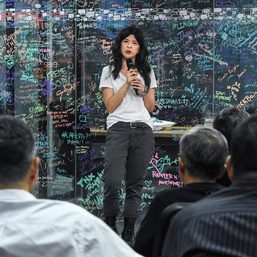
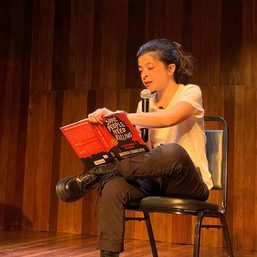
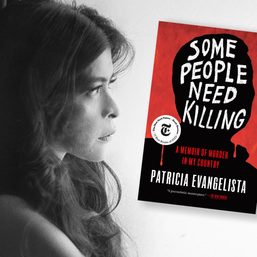


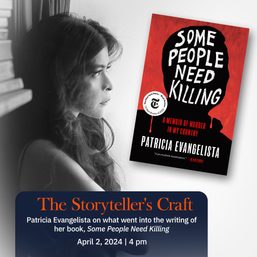
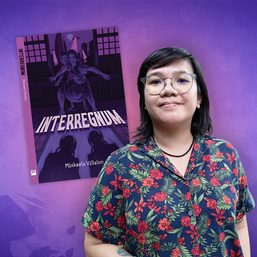
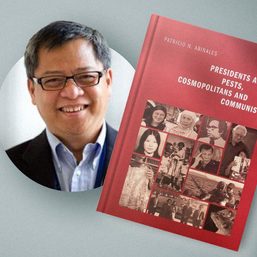
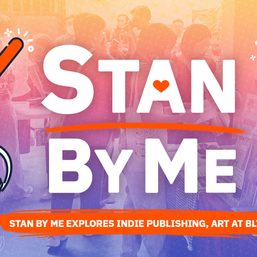
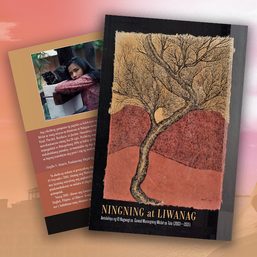
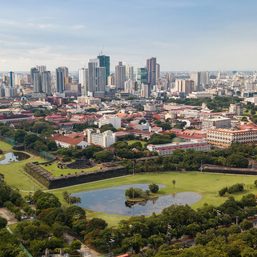
![[Be The Good] Talking AI between ridge and reef](https://www.rappler.com/tachyon/2024/04/Talking-AI-between-ridge-and-reef.jpg?resize=257%2C257&crop=270px%2C0px%2C720px%2C720px)
![[EDITORIAL] Filipino journalists to China: Yes, we are trouble](https://www.rappler.com/tachyon/2024/04/animated-wps-march-tension-2024-carousel.jpg?resize=257%2C257&crop_strategy=attention)


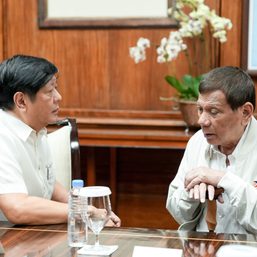
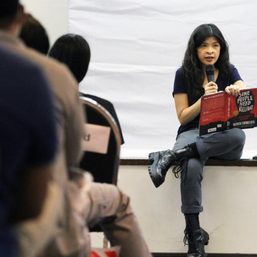
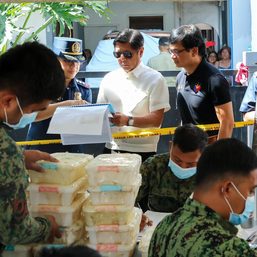

There are no comments yet. Add your comment to start the conversation.